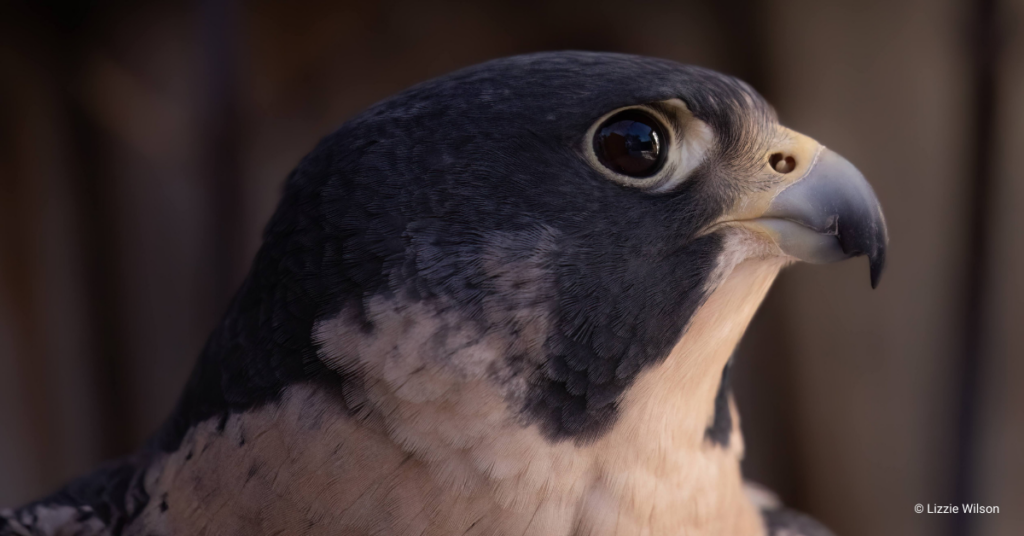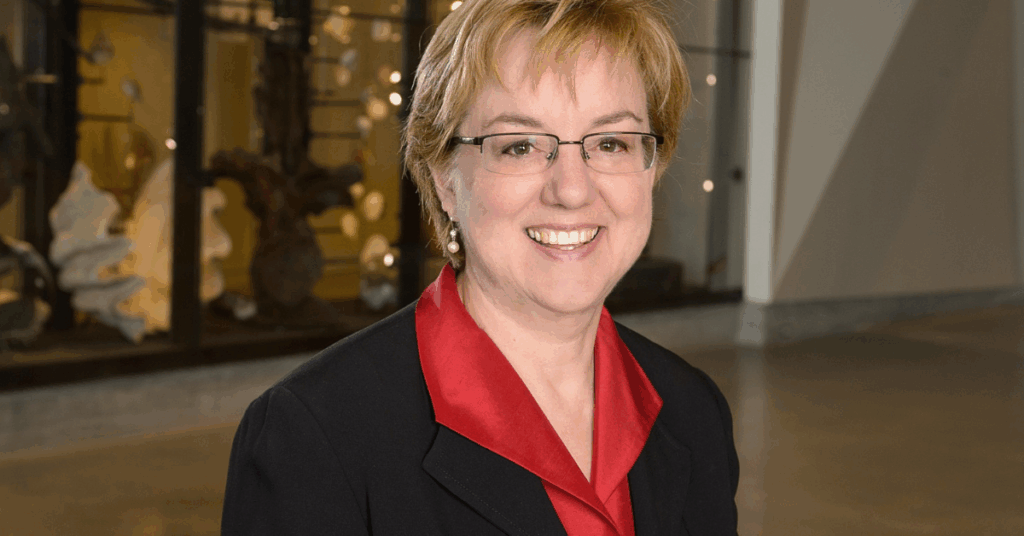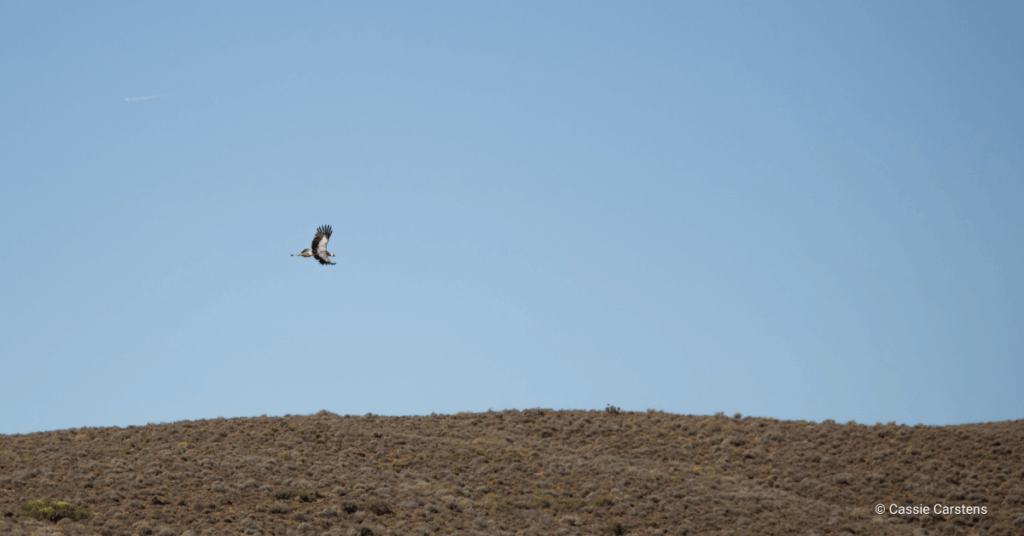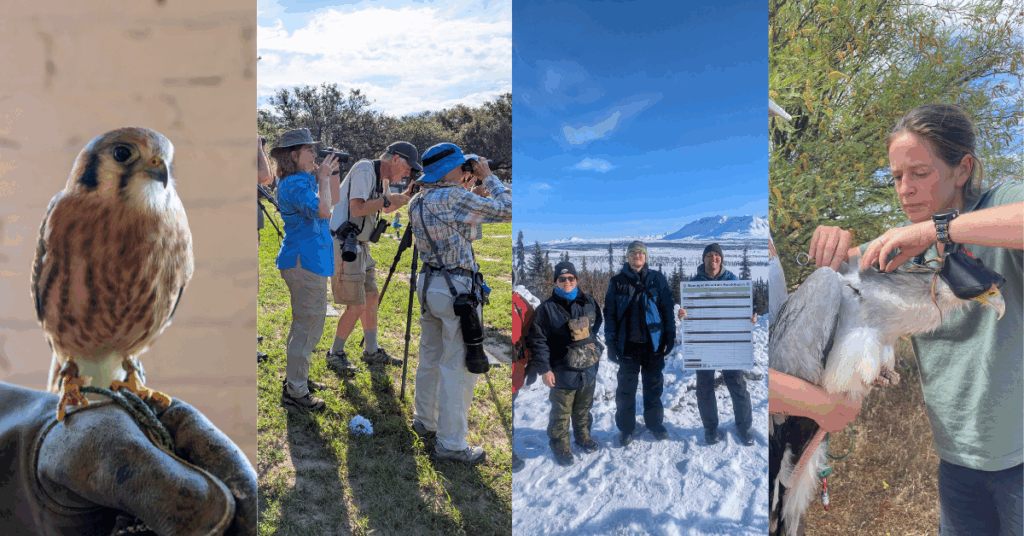Malcolm Gladwell popularized the idea that mastery in any given field requires a minimum of 10,000 hours. That’s about five years of full-time work, at the very least, to become an expert in something. If Gladwell’s theory holds true, I’m getting close to mastering work with Raptor Ambassadors, wild birds that require human care due to injury or imprinting.
Over the last five years, my team and I have spent hundreds of hours researching, attending professional development, and implementing what we’ve learned with the birds we serve. At HawkWatch International, we strive to strike a balance that promotes bird welfare while meeting our mission to educate the public. For many people, our education programs are the only interaction they have with a live raptor, so it’s important that we maximize the impact of that encounter not only for the sake of the work but also to justify what we ask of the birds.
HWI has a unique outreach-based model that is becoming increasingly less common among raptor education organizations. Many places have eliminated outreach programs in favor of public-facing facilities where people come to visit the birds. This is a wonderful way for learners who can make the trip to engage with Raptor Ambassadors, but it’s not an option for many people. At HWI, we have decided it’s important to take our birds to audiences that can’t access them in any other way.
In all honesty, this kind of work is a lot to ask of the birds. They have to reliably go in and out of their carriers, be calm in a wide variety of settings and situations, and occasionally even spend the night in a new location. Some might argue it’s too much to ask. As the person ultimately responsible for the birds’ well-being, I am constantly evaluating the choice to travel with birds. If it truly takes 10,000 hours to achieve mastery, then I have certainly mastered pondering the welfare of our Raptor Ambassadors!
So why do it? Why ask the birds to do this work when people can go to a zoo, aviary, or raptor center and have a similar experience that doesn’t require the birds to travel? For me, there is only one reason: to serve the people who experience the nature gap. In the education department, we have spent the last three years shifting our focus from talking to anyone and everyone about raptors to targeting the audiences who need what we offer the most. Some people can’t afford to visit a zoo. Not everyone has enough free time to hike to a migration site. Some who find it difficult to move off of a paved surface. We take our birds to these people to close the nature gap. We may not be able to take them into the wilderness, but we can bring a small piece of the wilderness to them.
In the past year, we have visited 100 youth in detention centers, brought birds into the classrooms of 243 students with special needs, and shared our love of raptors with nearly 500 students in Title I schools. Perhaps the audience that has touched me the most personally is women and children in crisis. I recently took Haliae, our Bald Eagle, to a shelter where many learners in the audience were experiencing what must have been one of the most stressful moments in their lives. For an hour, I watched mothers watch their children smiling in awe as Haliae put on a show like she always does. At one point, while trying to explain the visual adaptations she uses to hunt fish, I asked if anyone had ever noticed how light shimmers on the surface of a lake or stream. I was met with a lot of blank looks. Finally, one little girl pointed to a child next to her and said, “He went to the zoo once.”
In that moment, I realized two things. First, how incredibly lucky I have been incredibly lucky in life. Second, although I’ve long known the importance of closing the nature gap, this moment reinforced why I ask the birds to do what they do. I don’t know what life holds next for those learners, but at least I know for that single hour, they had the chance to experience something they were unlikely to get anywhere else in their current circumstances.
Thanks to funding from Salt Lake County Zoo, Arts, and Parks; the David Kelby Johnson Foundation, POWER Foundation, George and Dolores Doré Eccles Foundation, the Lawrence T. Dee and Janet T. Dee Family Foundation, Rocky Mountain Power Foundation, and HWI donors, we offer nature gap programs for free so our partner organizations can focus their resources on the people they serve. I’m far too scientifically-minded to think the birds know what good they are doing by traveling to these audiences, but I do think they can tell when their handlers are excited and engaged, and a fulfilled handler will always be a better partner to a bird. So we will keep asking our birds to do a little more in the hopes that the learners we serve will remember the experience and just maybe the gap between them and the natural world of the birds will get a little bit smaller.
This blog was written by Melissa Halvorsen, HWI’s Education & Outreach Director. You can learn more about Melissa here.




